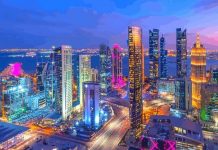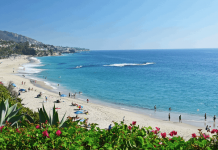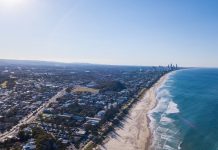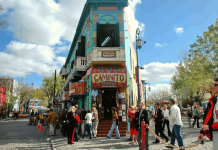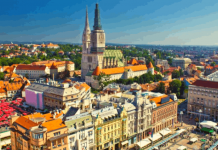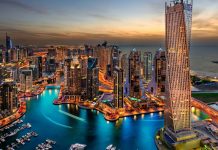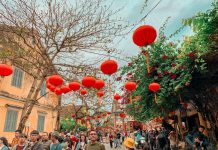Stromboli is one of the most active volcanoes on the planet! And it is also one of the most visited ones. Anyone who gets a glimpse of this natural wonder is left bedazzled by its power as well as beauty!
Spewing lava into the sky, Stromboli’s fountains of fire can be seen from quite a distance earning it the name – Lighthouse of the Mediterranean. Located just off the coast of Italy, on an island that itself created, it is surely worth visiting when traveling these parts.
Let’s take a look at what Stromboli is all about and what makes it so special! This is what we know so far, but like all volcanoes, this one too is full of surprises, and none can say what it is brewing next!
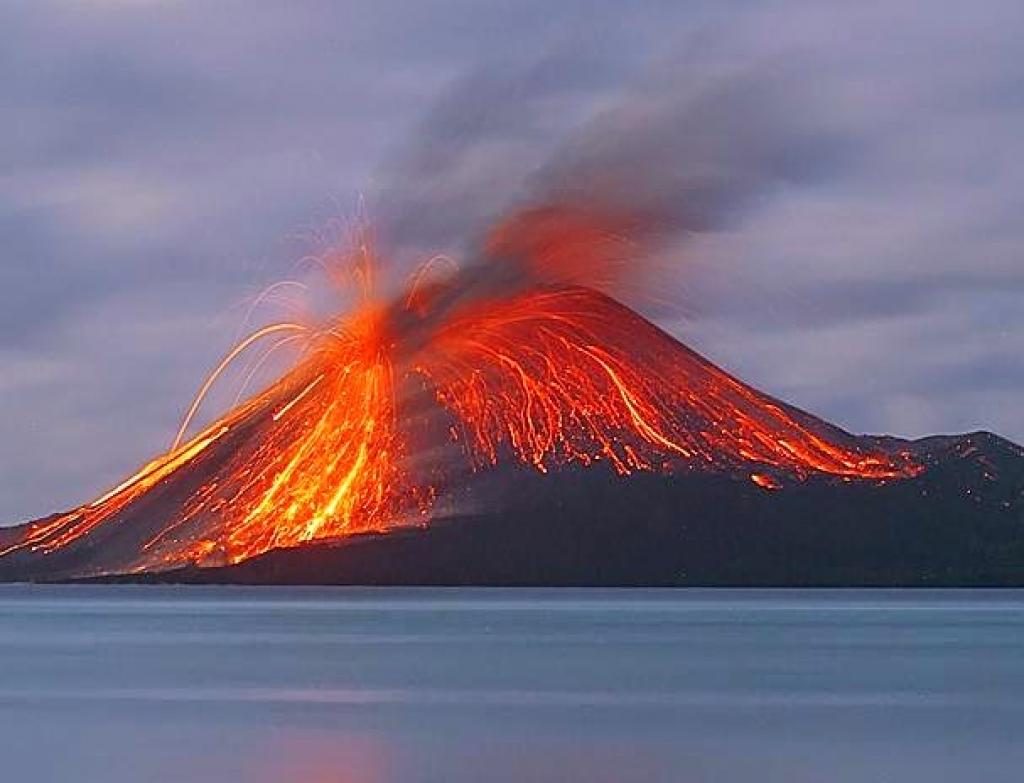
Highly Active
Stromboli has been active for at least 2000 years, with continuous eruptions since 1932. It has become a great source of study to geologists worldwide who search its slopes for clues to the earth’s core!
Historians have been recording the eruptions of Stromboli for the past 1000 years. Records mention an explosion in 1907, so powerful that it shattered the windows of the island’s villages.
Another explosion in 1930 has been associated with an earthquake and has caused a small tsunami.
Since the most recent eruption that began in 1932, it has been spewing up gas and lava regularly—the larger and more significant amongst these eruptions occurring in 2002 and 2007.
Lighthouse Of The Mediterranean
Stromboli is located on the north-eastern end of the Aeolian Islands in the Tyrrhenian Sea. The volcano base begins more than 1000 meters below the surface of the sea and rises 924 meters above sea level.
Stromboli ejects jet fountains of lava into the sky, which then drop into the sea. It’s like a spectacular show of fireworks! These eruptions are so distinctive that geologists use the name ‘Strombolian’ for similar eruptions at other volcanoes.
Strombolian eruptions are mild explosive events where gases rise the volcanic conduit and burst at its surface, throwing bits of lava into the air.
The lava may fall as bombs larger than 3 inches in size or as scoria, which are smaller fragments spewed up by the volcano.
The Calabrian Volcanic Arc
The Stromboli volcano lies on the Calabrian volcanic arc along with other volcanoes like Mount Etna in Sicily. This arc is formed by the subduction of the African tectonic plate under the Eurasian plate.
Stromboli is located on the NE-SW of this fault system, but geologists are yet to understand what feeds the volcano’s magma chamber and eager to find out its underground link with the volcanic arc.
Geology
Series of eruptions over thousands of years have led to the formation of the Stromboli island. About 200,000 years ago, the very first eruptions led to the formation of the now-eroded Strombolicchio volcano.
It was around 160,000 years ago that the present Stromboli island began to take shape with the mounting of potassium-rich basalt and basaltic andesite lavas. For the next 150,000 years, further eruptions continued to build a stratovolcano with pyroclastic and lava deposits.
In the coming years, the modern volcanic edifice was formed and involved many flanks, and summit caldera collapses. The present-day vents from which the lava flows are located on the Sciara del Fuoco, a large collapse scar on the northwest side of the island, formed about 5000 years ago.
Hazards
The Sciara del Fuoco poses a serious threat to Stromboli. The section’s collapse could lead to a catastrophe displacing large amounts of volcanic material that could potentially lead to a tsunami affecting the Aeolian islands and the Sicilian coast.
Geologists study and monitor the Strombolian volcano regularly to better understand and be warned of such an event’s likelihood to be prepared and secure the surrounding population.
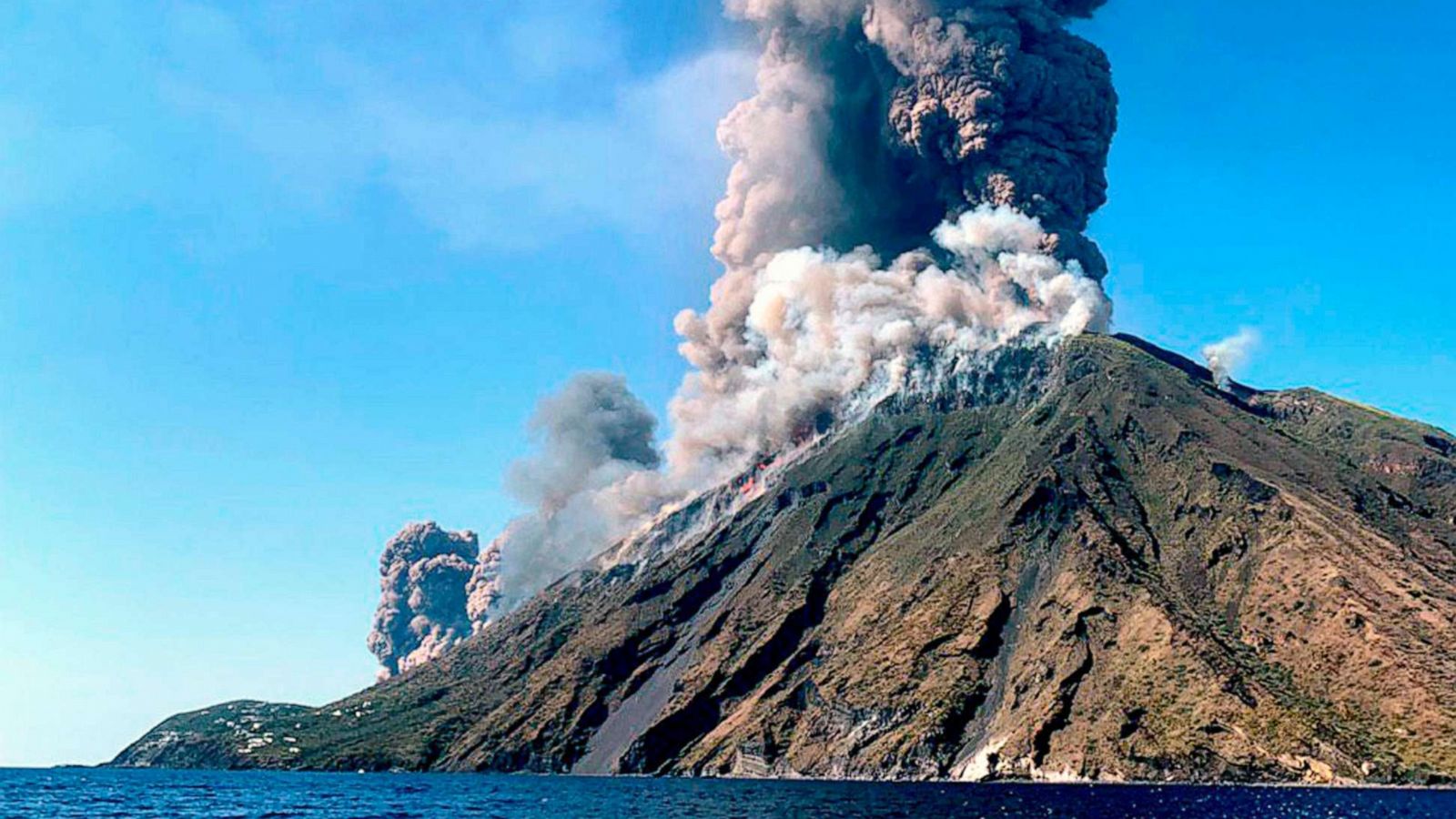
Takeaway
The Stromboli volcano is a sight to behold, with its fountains of fire bursting into the sky. And yet, it is very powerful and shapes its own way through millennia.
Stromboli is truly a wonder with its conduits forming and collapsing, its flow rising and falling, and it will continue to amaze geologists and laymen alike!

